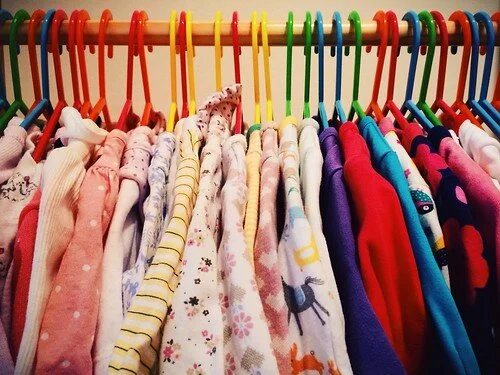Commas say something in adjective pairs
I was pulled to writing as a child because I was beguiled by adjectives. Adjectives describe people, animals and objects, and in doing so, particularise and identify them. They answer questions like what kind, how many and which one? It’s hard to imagine a world without adjectives, but I’d like to see a science fiction writer try.
For example, compare the following:
I see people.
I see dangerous people.
One adjective can change the whole tone and meaning of a sentence; as a child, I found this transformative. Unfortunately for my teachers, I also discovered the thesaurus and liberally seasoned my written assignments with adjectives of all types.
Much like how colours might be experienced differently depending on the scenery or painting, the meaning of an adjective depends on the words around them. But it gets more nuanced when the neighbouring word is also an adjective. Have you ever wondered why there is a comma between adjectives in some instances but not others? For example:
A. Sunday was a hot, humid day.
B. They decorated the spacious living room.
C. They operate risky Australian businesses.
In statement A, a comma separates the two adjectives because both adjectives have equal importance and independently describe the noun (i.e. they are coordinate adjectives) – the day is both hot and humid. How can you tell when a comma is appropriate? There are two useful rules of thumb: if you reverse the order of the adjectives or replace the comma with ‘and’, and the sentence continues to not only make sense but make the same sense, then a comma is appropriate. When we do this to statement A – ‘Sunday was a humid, hot day’ and ‘Sunday was a hot and humid day’ – we see that all three versions have the same meaning.
When a comma changes the meaning of a sentence or renders it senseless, that’s a sign that it may not belong. In statement B, ‘spacious’ describes ‘living room’, which acts as one unit (a compound noun) that refers to a particular kind of room. The meaning of the sentence would change – and be seen as curious at the least – if the order was changed to ‘living spacious room’, making a comma inappropriate.
In statement C, we can see how changing the order of the adjectives can alter meaning. Here, ‘risky Australian businesses’ describes Australian businesses and points to those Australian businesses that are risky ones. Changing the order to ‘Australian risky businesses’ refers to risky businesses (anywhere) and then specifies those risky businesses that are Australian. Though subtle, the difference in meaning is there and either construction is appropriate depending on what is intended. Because the meaning changes when the order is switched, the comma here would be inappropriate.
Ordinarily though, ‘Australian risky businesses’ doesn’t roll off the tongue as easily as ‘risky Australian businesses’. That’s because these adjectives are cumulative – the meaning they add depends on where they sit in the sequence of adjectives describing the noun. There is a generally prescribed order for a string of cumulative adjectives that describe different aspects of a noun (e.g. descriptions of size, of colour, of age), but this will have to be a subject for another Red Pony Express.

